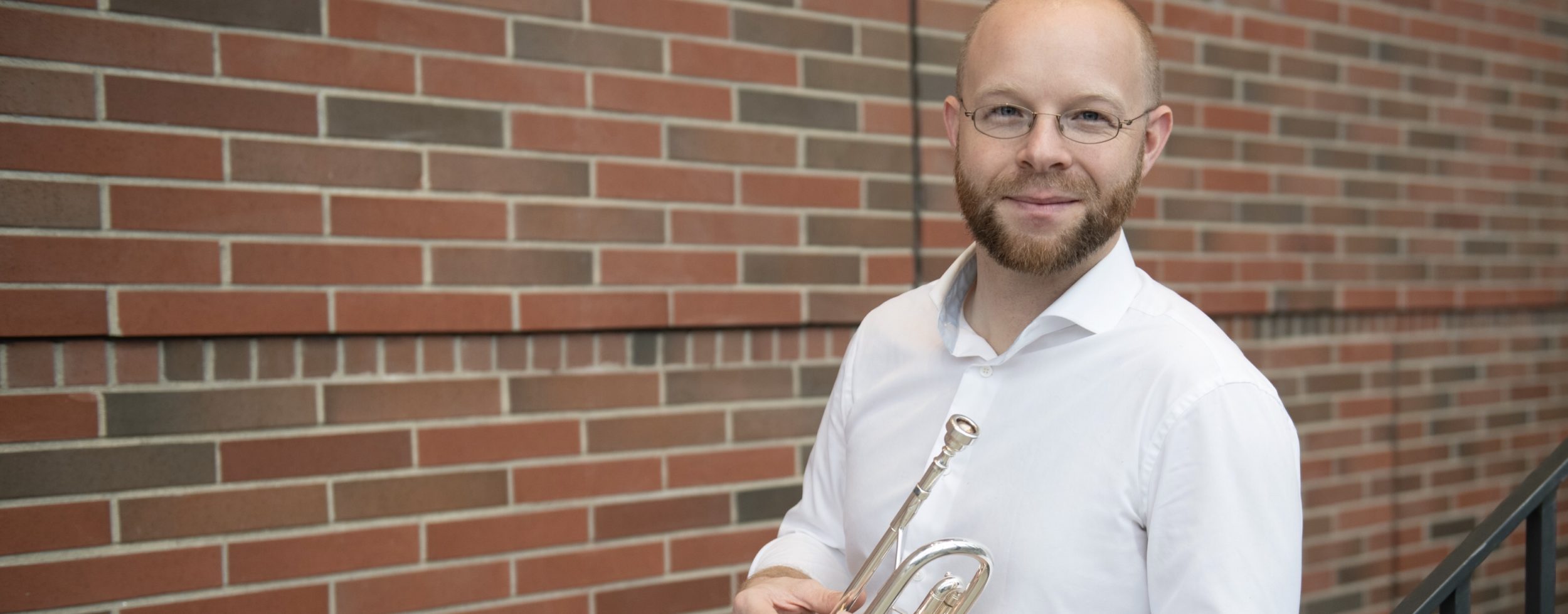I recently put out a Facebook call, being friends with a lot of great teachers, curious about how they start trumpet students. There are a number of ways that, on the face of it, might seem arbitrary, but the longer I teach, the more I realize that there are some hounding problems that can be solved in the first weeks of playing.
The results of this call were interesting. There was the usual advice of (in no particular order) rhythm, pulse sound, music reading, articulation, embouchure, hand position, and posture, all of which I teach within the first 2-3 lessons, and double check with all new students of any age. These things are no doubt important and should not be ignored, and the vast majority of problems I work through with older students is rooted in some oversight early on in one or more of these areas. It was so nice to hear that people were actively addressing these issues and that I am not teaching some kind of left-field voodoo.
But there was one response, proposed by the always-brilliant Brian McWhorter (whose playing I often show kids, and greatly admire myself), that I have often considered but that people seldom do: play by ear. It sounds simple, but let me posit a question to you, fellow professionals… how often in your teaching or during your personal development did you come across this conversation:
Teacher: *plays passage incorrectly on purpose, then again correctly* Could you hear the difference?
Student: No
Or…
Teacher: *obviously incorrect* Did that sound correct to you?
Student: Yes
Or, the worst…
Student: I hear the difference, but I can’t tell what it is.
These conversations have often made me wonder, what if our ears were just more sensitive, more tuned, more developed, consistently, every lesson, from day 1? Students would understand so much more about music. Their sound would develop into a more professional one earlier on. When there is a problem, they would know at least what they were shooting for while trying to fix it. Phrasing would never even come up, it would be understood and taken for granted. Scales, keys, accidentals, all of those problems would melt away in the presence of merely a fingering chart.
There is maybe some art to making music, as well as some craft, but at the end of the day it has more in common with learning and speaking a second language than anything else: pronunciation, vocabulary, and conversation– and all of those things start in the ear. In my early days of teaching I struggled to find the right words for this, often accusing my students of playing trumpet like it is a video game. But it was never really their fault. They were taught to play fingers and buttons, because it is a fast way to make a band sound okay. There is no doubt some necessity for this in an overstuffed underfacultied classroom, but I am of the opinion that it should be balanced out with an earnest pursuit of improving the ear– otherwise we are wasting our time.
In their first days, simple play-by-ear works. As students progress, I like to use duets (and have them learn both parts), listen to great musicians, and assign listening. One of my favorite assignments, and one that the band directors with whom I work most closely often use as well (lucky me), is the recording assignment: kids work something up, then record it 3-5 times and turn in their best take. This basically forces the issue. It is not a magic bullet for every problem we come across as teachers, but I would suggest that we not forget to start with the ear and come back to it at every available opportunity.

Hi Andy, nice post and follow up. I think much of this is a structural problem to how band directors teach, leaving a private lessons teacher with limited choices for remediation. Simply put, most don’t spend enough time in the MS years working out of the band book .simple and singable melodies are going do more to develop the ear than inner parts on some instantly forgettable band piece.